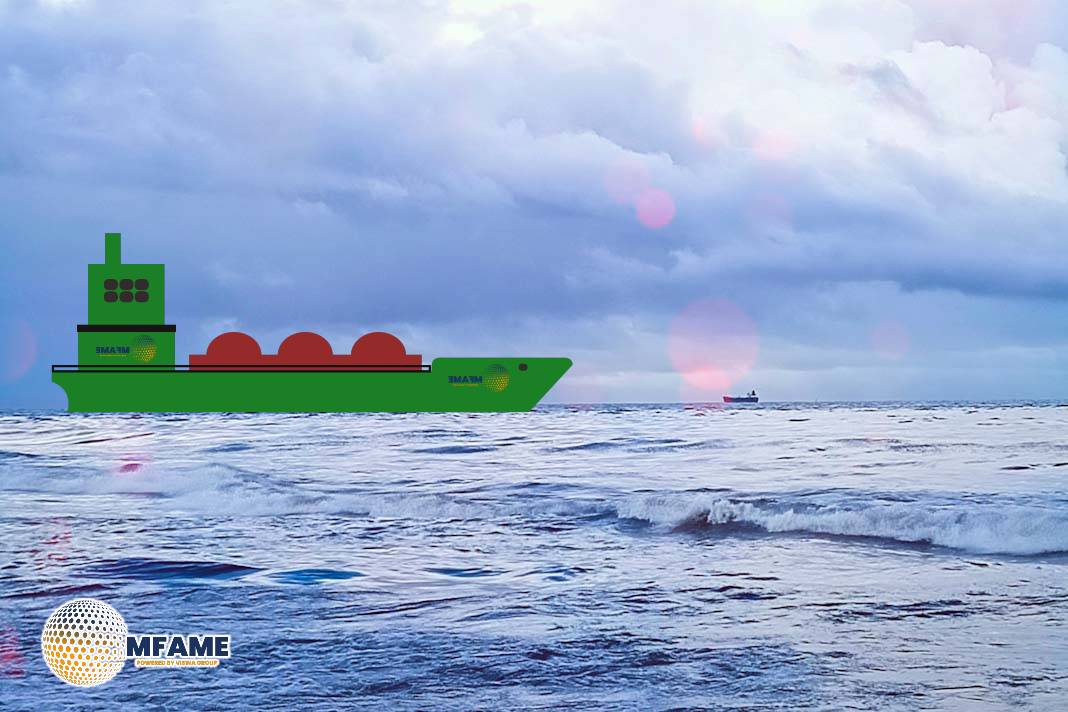 When the Office of the United States Trade Representative (USTR) enforces new port fees on 14 October targeting Chinese dominance in the maritime sector, about 35% of ships in the combined bulk, crude tanker, product tanker, and container fleet could be affected. Despite the broad scope covering 44% of global fleet capacity analysts predict that freight rates for U.S. importers and exporters are unlikely to rise significantly.
When the Office of the United States Trade Representative (USTR) enforces new port fees on 14 October targeting Chinese dominance in the maritime sector, about 35% of ships in the combined bulk, crude tanker, product tanker, and container fleet could be affected. Despite the broad scope covering 44% of global fleet capacity analysts predict that freight rates for U.S. importers and exporters are unlikely to rise significantly.
Extent of USTR Fee Exposure
According to Niels Rasmussen, Chief Shipping Analyst at BIMCO, approximately 70% of vessels affected by the fees are Chinese-owned or operated, while 30% were built in China. However, over half of the Chinese-built ships are exempt due to their size or U.S. ownership.
Bulk carriers are expected to be the most exposed segment, with 45% potentially impacted, compared to 30% of crude tanker and container ships, and 19% of product tankers. Rasmussen noted that while these percentages appear significant, their actual influence on global shipping will be limited, as the U.S. market represents only 9–19% of demand in these sectors.
Minimal Global Impact Expected
Although the new USTR fees will affect a considerable portion of the fleet, the global freight market impact remains modest. Historically, only 16–24% of U.S. trade has relied on ships that could face the new charges.
An analysis of planned east–west container trades by the ten largest operators shows that fewer than 20% of ships calling U.S. ports would fall under the new tariffs. Most of these vessels are linked to COSCO Shipping Lines, Orient Overseas Container Line (OOCL), or Chinese leasing banks.
Notably, COSCO Shipping Lines has pledged to maintain its services and keep rates competitive. Other major liner operators have also confirmed that they will not introduce freight surcharges, ensuring market stability.
BIMCO’s analysis indicates that while the new USTR port fees may cause short-term confusion and possible minor fluctuations in rates, sustained freight rate increases are unlikely. Competitive market pressures and operator commitments especially from COSCO and major global liners—are expected to absorb the impact. In the bulk and tanker markets, vessels unable to compete under the new fee structure will likely exit U.S. trades, helping maintain balanced freight rates across global markets.
Did you subscribe to our daily Newsletter?
It’s Free Click here to Subscribe!
Source: BIMCO

















